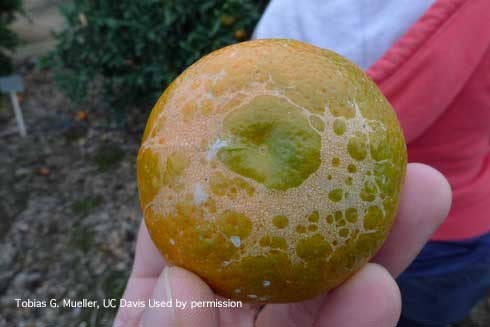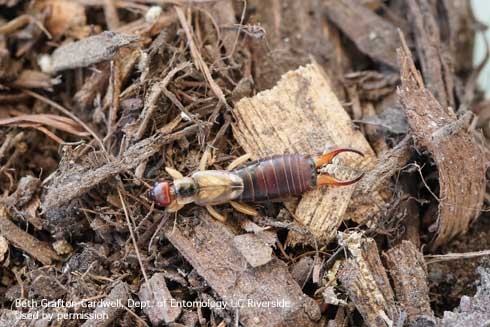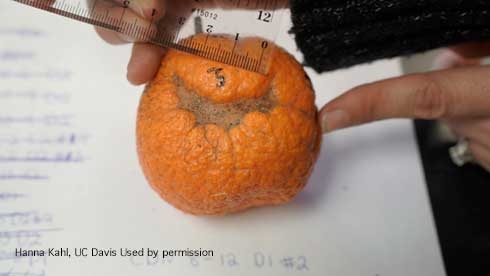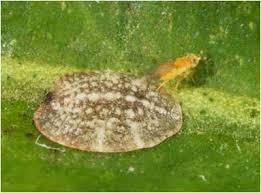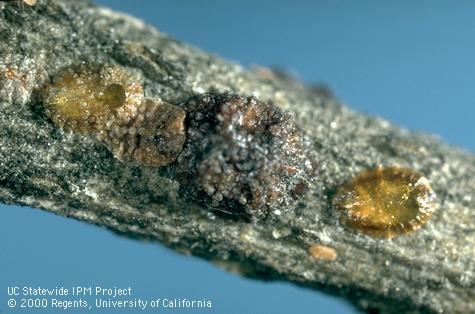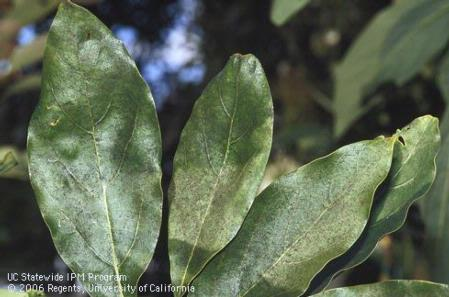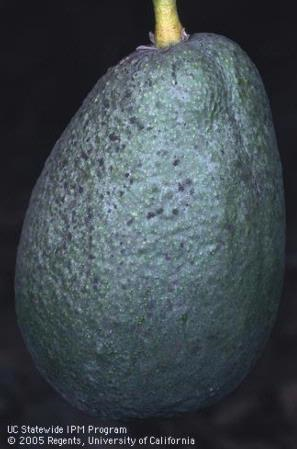
Posts Tagged: thrips
IPM Insights into What Katydid
The UC IPM Citrus Pest Management Guidelines has been updated to include new research out of the Rosenheim lab at UC Davis. Early-season pests like citrus thrips, earwigs, and katydids damage some types of mandarins differently. Learn how to adjust your management program accordingly. Many new photos have been added to these sections to improve pest identification and show more damage symptoms.
Scarring on the stylar end of citrus fruit caused by citrus thrips, Scirtothrips citri, feeding. Photo credit: Tobias G. Mueller
Adult male European earwig, Forficula auricularia. Photo credit: Beth Grafton-Cardwell.
Scar on citrus fruit caused by European earwig, Forficula auricularia, feeding. Photo credit:Hanna Kahl.
Know Thy Thrips!!
Newly Improved Thrips Key
The online Lucid Key, Thrips of California (https://keys.lucidcentral.org/keys/v3/thrips_of_california/Thrips_of_California.html), that identifies native and pest thrips resident in California, along with potentially invasive species not yet present in California, has been updated.
The revised version, Thysanoptera Californica (https://keys.lucidcentral.org/keys/v3/thrips_of_california_2019/), has been produced to overcome technical problems arising from Java software and to incorporate new information and images, together with some additional potentially invasive thrips species. Information pages are provided to 300 thrips species in 108 genera, with the identification system discriminating 249 species. Of these species, 40 are as yet unrecorded in California but are potential invaders, whether interstate or from overseas.
Remember, if you have one or many of these insects, there is always an "s" at the end of their name. One thrips is a thrips, three thrips are thrips.

thrips seal
The Skinny on Avocado Pests and Diseases
Anthracnose, Sunblotch, and Armillaria Root Rot
Avocado Trunk Canker and Collar Rot
Avocado Branch Canker (Botryosphaeria)
Phytophthora Root Rot of Avocado and Management Strategies
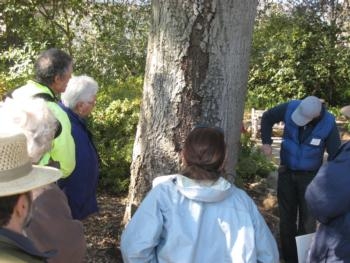
field id
Citrus Thrips Damage Increase?
A local Ojai grower asks why there seems to be more citrus thrips damage to 'Pixie' mandarins this year. Was it because of the extended bloom due to warmer spring last year? The hotter summer up there that was more similar to climate in the Central Valley? Was it due to the Area-Wide Spraying for Asian Citrus Psyllid - ACP? Or is this a remnant of the Thomas Fire that dumped ash all over the county, disrupting biocontrol agents like lady bird beetles?
https://ucanr.edu/blogs/blogcore/postdetail.cfm?postnum=26095
And what else does fire do to citrus?
https://ucanr.edu/blogs/blogcore/postdetail.cfm?postnum=28315
https://ucanr.edu/blogs/blogcore/postdetail.cfm?postnum=26510
This is classic thrips damage. In this area, it is not usually a problem. This year it seems to be more common. It's not always clear what is the main cause of and what all the interactions are that lead up to an outbreak like this. Just that there is damage now that occurred 10 months ago.

thrips damage pixie
Black Scale on my Avocado?
We live in unusual times and every year is different, so we are bound to see things that are different, or see things differently. Recently a pest control advisor brought in a sample of what looked like black scale (Saissetia oleae) on the stems of avocado fruit. Along with the scale came a mess of Argentine ant and sooty mold. The PCA had not seen this scale on avocado before. It is common on citrus and, from the name, it is also found on olives and over 100 other host-plants. I hadn't seen it on avocado before, and became somewhat alarmed and sent samples off to UC Riverside for identification. I thought maybe there might have been an introduction of a new scale, riding on imported fruit. Joe Morse and crew from UCR had done a study monitoring fruit coming across the border and found several scales on fruit that were not currently in California:
http://entnemdept.ufl.edu/Hodges/als4161/Secure/PDF%20Files/Articles/AvocadoPhytosanitaryRisks.pdf
Back with the first infestations of Avocado thrips in 1996, PCA Charlie Gribble kept saying that he was finding citrus thrips in avocado. The avocado orchards where he found the thrips were next to a lemon orchard and we kept saying that the insect was probably just getting lost between the two orchards. Well it turned out, it wasn't citrus thrips, but an all new thrips previously undescribed that has gone on to cause a lot of disruption to the California avocado industry. And from here, avocado thrips has gone on to Israel and Spain to cause similar problems. It was better to find out sooner than later it this scale was something new.
I also put the word out to local PCAs and growers asking if they had seen “black scale” this year. The responses were interesting. One grower said that he had seen it occasionally on avocado trees for the last 30 years. They were on older trees and wood. They would be in small numbers in orchards some years and not others. Two PCAs said that they saw it occasionally on young trees, but they were usually parasitized, with wasp exit holes. One PCA said that the scale was only there when there were lots of ants present to fend off parasitic wasps.
Photos: parasitic wasp laying eggs and exit hole of young wasp from adult scale
And bingo, that was the case in this organic orchard with smaller trees. The Argentine ants were protecting the scale and the scale was thriving as evidenced by the sooty mold.
The black scale samples sent into Paul Rugman-Jones at UCR Entomology were identified as the scale Saissetia olea and that virtually all of them were parasitized by the Coccophagus rusti wasp. So it's not a new scale and it's under biological control.
Photos: Sooty mold on avocado leaves and fruit
Nice coverage of scales:
https://www.dialenvironmental.com/images/scales.pdf
http://ipm.ucanr.edu/PMG/r107301411.html
For a guide to the scales of California, big files and illustrations:
https://www.cdfa.ca.gov/plant/PPD/publications/tech_series.html
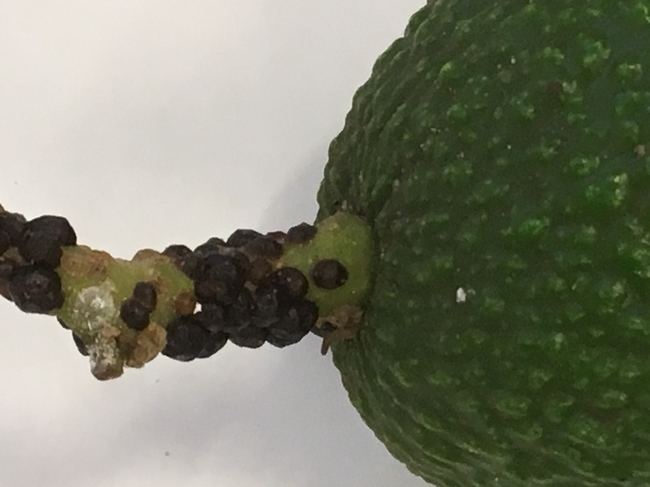
black scale avocado

